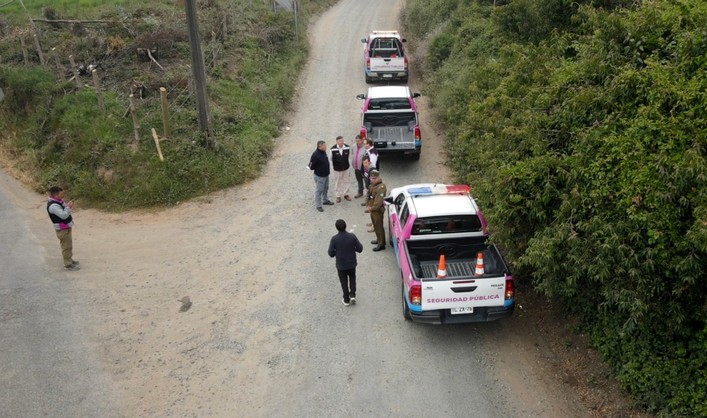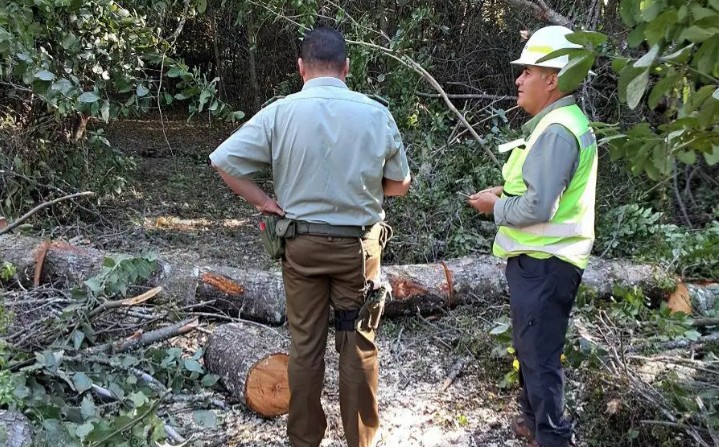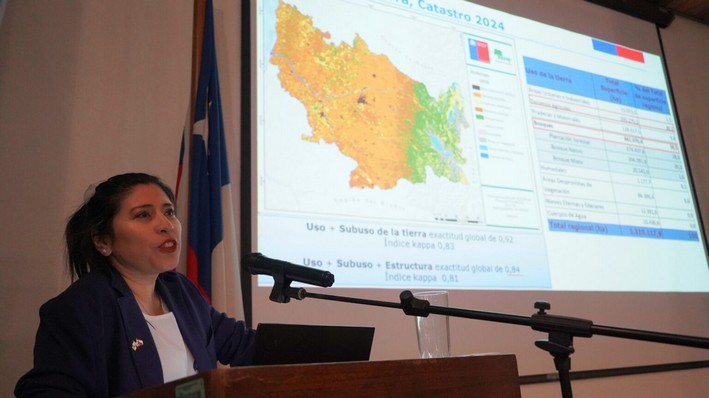Biobío: Only 9 out of 33 Municipalities Have Updated Their Communal Emergency Plan
It is a key tool for organizing and planning the actions to be taken in case of emergencies that a commune may face.
Only 9 municipalities have updated their Communal Emergency Plan (PCE) in the Biobío Region. This tool is used to organize and plan the actions to be taken in case of emergencies that a commune may face. Specifically, the planning document establishes responsibilities and coordination between public and private actors, in addition to defining the roles of each.
It is worth recalling that in 2021, Law 21.364 was enacted, replacing the former National Emergency Office (Onemi) with the National Disaster Prevention and Response Service (Senapred) and creating a series of obligations to prevent disaster risks and respond to emergencies.
Under this context, related institutions, including municipalities, were required to adapt their prevention and emergency plans to current regulations. These plans become even more relevant during the current season of heightened wildfire incidence in the area.
Specifically, the communes in Biobío that have updated this plan are Curanilahue, Alto Biobío, Santa Bárbara, Concepción, Penco, San Pedro de la Paz, Santa Juana, Talcahuano, and Tomé. This is according to data provided by Senapred to Diario Concepción.
In the cases of Lota, Yumbel, Nacimiento, Lebu, Contulmo, and Arauco, their update proposals are under review. Meanwhile, Hualqui, Florida, Coronel, Quilleco, Mulchén, Laja, and Antuco are still drafting their plans with a consultant, funded by Senapred, and according to the service, they will soon enter the review phase.
For Los Ángeles and Chiguayante, their proposals were reviewed and flagged with observations, so they are being corrected by the municipalities and will soon finalize the process.
Meanwhile, there are 9 other communes that have not submitted an emergency plan for review by the Service. Specifically, these are: Cañete, Los Álamos, Tirúa, Cabrero, Negrete, Quilaco, San Rosendo, Tucapel, and Hualpén.
The regional director of Senapred Biobío, Alejandro Sandoval, explained that currently, "there is a regulation that establishes the conditions. They submit the plan, and we, in our supervisory role, review it. There are several back-and-forths as per the regulation, where we provide observations, and they later address them. So, we are in that process."
Disaster Risk Reduction
The Communal Plan for Disaster Risk Reduction is an instrument of Disaster Risk Management (GRD), also in accordance with Law No. 21.364. This document aims to develop strategic actions focused on reducing territorial vulnerability, considering the main threats and risks present in the commune, while strengthening the capacities of the current system.
The strategic actions defined in the plan must be consolidated through updates and specific risk studies, the inventory and implementation of structural measures to reduce the physical vulnerability of buildings and critical infrastructure, raising awareness about disaster risk reduction among the commune's population, strengthening communal early warning systems, and involving the private sector in the matter.
In Biobío, 15 communes have this type of updated planning: Cañete, Curanilahue, Los Álamos, Alto Biobío, Cabrero, Mulchén, Nacimiento, Negrete, Chiguayante, Florida, Penco, San Pedro de la Paz, Santa Juana, Talcahuano, and Tomé.
Similarly, the plans for Lota, Hualpén, Concepción, and Antuco are under review by Senapred. Meanwhile, Yumbel, San Rosendo, Los Ángeles, and Tirúa are in the process of drafting the document with a consultant, funded by the Service.
Additionally, the communes of Coronel, Quilleco, and Laja did not receive technical approval for their plans, so they must be corrected.
On the other hand, Hualqui, Tucapel, Santa Bárbara, Quilaco, Lebu, Contulmo, and Arauco have not submitted a communal plan for disaster risk reduction.
CONAF
Alberto Bordeu, acting regional director of CONAF, addressed the situation of communes that have not updated their Communal Emergency Plan or their Communal Plan for Disaster Risk Reduction, stating that "the ideal would be to have them ready by the end of spring."
"At this point, we would ideally all be ready because obviously the season has started. Now, the season doesn’t begin with an immediate intensity of fires," added the acting director of CONAF in Biobío.
Source:Diario Concepción

















